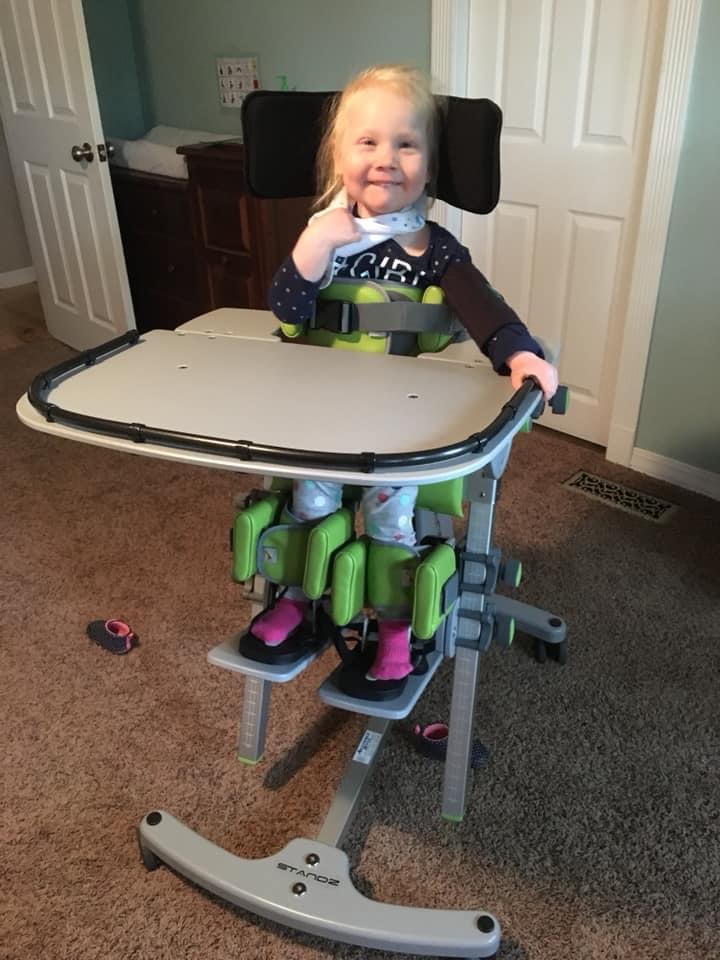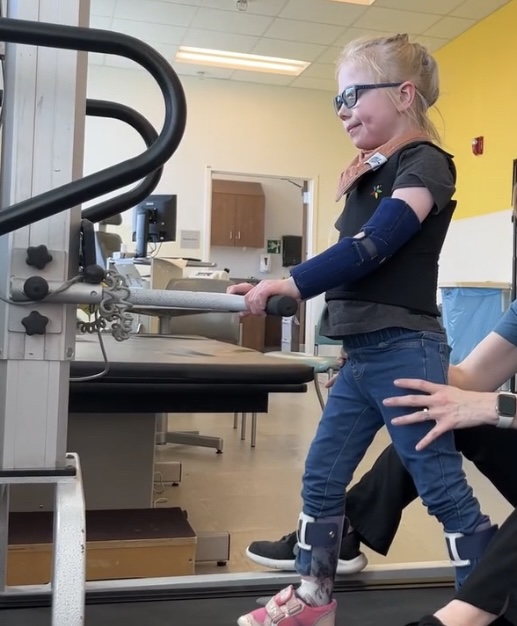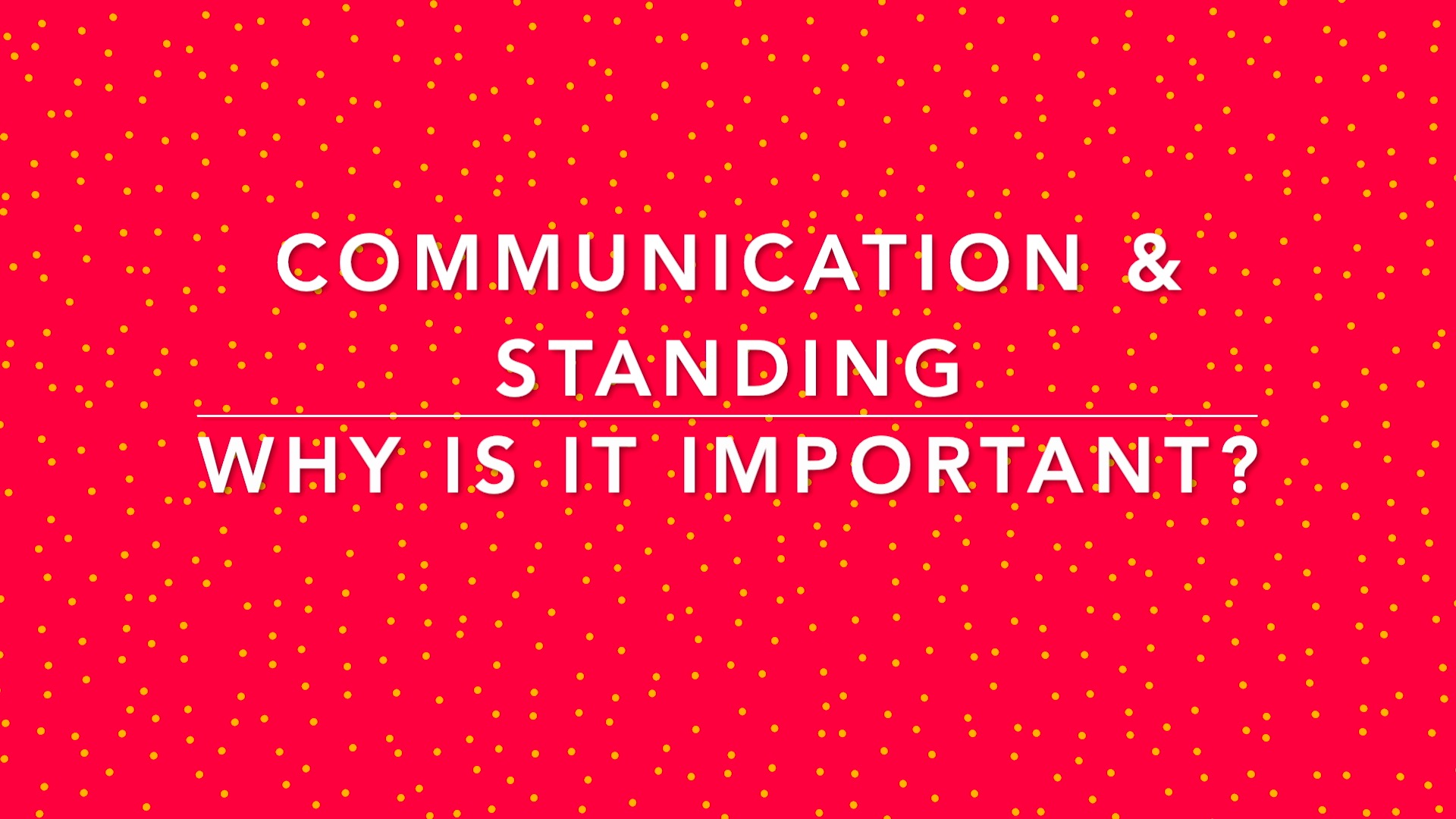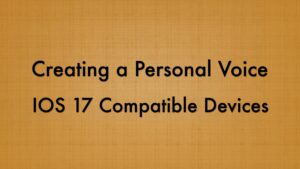As the parent of an individual who uses AAC and multiple pieces of adaptive equipment, I’ve dedicated a significant amount of time to learning as much as possible as we navigate this journey. Dealing with medical complexities, a rare diagnosis and observing my child’s unique developmental progress has taught me that milestones often revolve around the current piece of equipment she is being fitted with. Whether this included AFOs, a gait trainer or adaptive seating, or whether she was cruising around furniture or if she was army crawling or 2-point crawling, each step was significant but very different from what we expected.
The world of hi-low chairs, wheelchairs, orthotics, and the various functions of gait trainers and standers has become within my realm of expertise. Moving from wheelchair fittings to her being cast for AFOs, the process has often felt overwhelming, causing me to lose sight of how it all tied together. At times the surplus of information about hip guides, lateral supports, trays and positioning components has created tunnel vision, where only the immediate concerns seemed visible.
However, once insurance gave us the green light for the next piece of equipment, and I found a moment to breathe, it has been so helpful to think how each item has significantly improved our daughter’s life. The ability to stand or walk, whether independently or with support, has emerged as a unifying thread that weaves together the physical, cognitive and communicative elements. Communication has always been a priority for us, but over the last few years creating a standing schedule and specific therapy program has been about more than just improving her posture; it’s been about unlocking a world of possibilities.
Standing: A Dynamic Scaffold for Growth and Communication
Standing isn’t a solitary act; it’s a dynamic process that echoes through a child’s development. As children stand, their weight-bearing journey fortifies bones and cultivates spatial awareness. This spatial insight directly connects to skills needed for communication. When children stand, they not only observe but also interpret the world from a unique vantage point, crucial for comprehending the gestures, movements, and cues that communication thrives upon.


Weight Bearing and Weight Shifting: Bridges to Effective communication
Weight bearing and the ability to weight shift extend beyond mere balance; they serve as bridges that connect physical presence to the ability to communicate effectively. This connection is crucial for access methods, like eye-gaze and partner-assisted scanning. Core strength, awareness, and discernible head movements become pivotal, enabling stabilization for device usage. Weight bearing fosters bone strength, a cornerstone for standing and gestural expression while weight shifting refines motor skills, fosters proprioception and facilitates gestures to initiate communication or access communication books. These capabilities, cultivated through standing, enhance spatial awareness, enable effective communication and can facilitate sign language, pointing, and other gestures.
Empowering Communication Through Standing and Walking
Standing increases access to communication which is the most empowering skill we can provide our children and students with. It supports individual’s health, physical strength, cognitive function, and academic engagement through encouraging interactions, questions, and collaborative learning. Integrating standing into daily routines benefits even those unable to stand independently. It promotes physical well-being and cognitive growth through more effective communication, increased stamina throughout a school day, clearer enunciation, active engagement in conversations, and an increased ability to initiate and facilitate movements essential for non-speaking individuals.
Additionally, standing aids the transition to walking, Upright posture strengthens weight-bearing muscles, balance, and proprioception – crucial for walking, whether independently or supported. The sensory feedback provides essential cues for weight shifting and positioning, fostering the progression from static standing to dynamic movements, thus facilitating the acquisition of walking skills. Walking unlocks interactive environments, the ability to explore surroundings, face-to-face interactions, gestures and additional body movements. Regardless of an individual’s standing capability, each action resonates in communication.


Conclusion
The relationship between standing, walking, and communication is one that I continue to find new ways to incorporate into our daughter’s daily routine. I recognize that it not only enhances her physical strength and cognitive development, but also continues to foster even more meaningful connections with others. By acknowledging the link between adaptive equipment, standing, AAC, and communication, we can empower individuals on their distinctive paths of growth. As both a parent and an educator, I remain committed to unraveling these connections and remain open to to new approaches to enrich the ongoing journey of learning.




